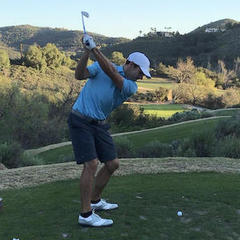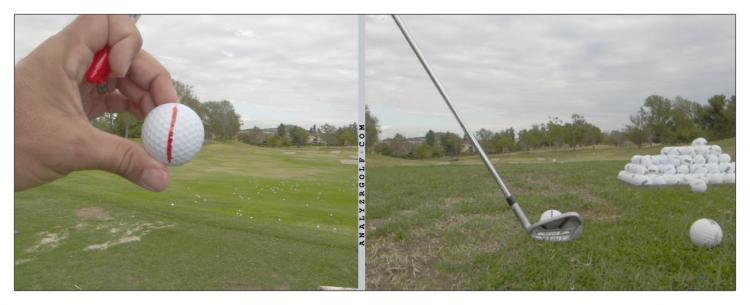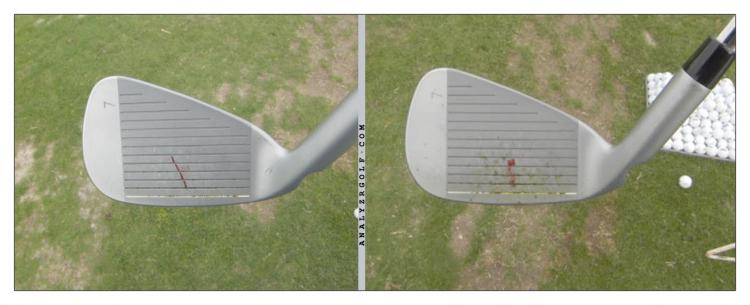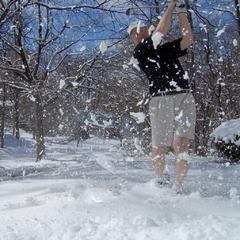Sharpie Test: Easy Way to Check Your Lie Angles
While it's always a great idea to spend some time with a qualified fitter, there are a couple things you can do on your own to see if your irons are properly fit for you. Recent feedback I've gotten from several fitting experts is that the technique of drawing a sharpie line on the back of a ball is better for dynamic lie fitting than using a lie board. The sharpie test is simple and allows you to hit balls off grass. The lie board with tape on the sole is obviously a popular method but the board is raised off the ground and the surface is different than grass. These differences can influence the club at impact and your swing. The lie board can encourage some players to sweep the ball while some players have a tendency to hit more down than normal, so it can be tough to get accurate and clean readings. Big reason why I like and wanted to share info on the sharpie test, I think it's best if you can accurately represent what will happen on the golf course.
Here's how to go about performing the sharpie test. Draw a heavy vertical line on one side of the golf ball with sharpie and place it facing the club head. After impact, the line should be transferred onto the club face.
If the line is perfectly vertical your lie angle is good to go (right pic). If the line is tilted out towards the toe of the club (left pic), your club is too upright and the lie angle needs to be flatter to get the line to vertical. Vice versa , if the sharpie line is tilted towards the heel your club, the lie angle is too flat and you would need to bend the club more upright. The test won't tell you exactly how much you need to adjust the clubs but it's a good start.
For a static test, use a business card. Since it's static the test doesn't account for the fact that players are usually higher with the handle at impact, along with some shaft droop but it's something I recommend you do in combination with the sharpie test and getting your height/wrist-to-floor measurements. For this lie angle check, take your address position on a hard surface with the handle at a proper height; butt of the club pointing at or somewhere between the belly button and top of your zipper. Have someone slide a business card under the sole of the club. If the lie angle is correct, it should stop the where the one end of the card is at the center of the club (pic below). If the business card reaches the heel, the club might be too upright, too flat if the card doesn't slide to the middle of the face.
-
 2
2
-
 2
2
-
 7
7













25 Comments
Recommended Comments
Create an account or sign in to comment
You need to be a member in order to leave a comment
Create an account
Sign up for a new account in our community. It's easy!
Register a new accountSign in
Already have an account? Sign in here.
Sign In Now